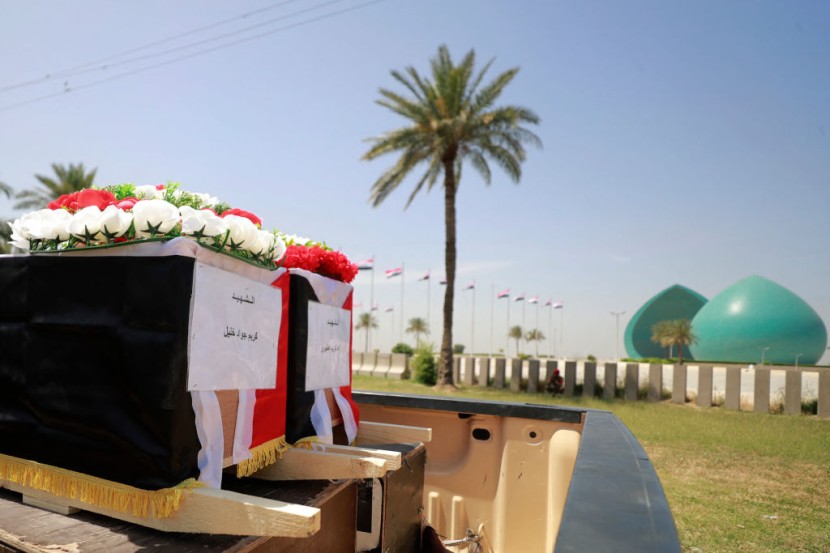
Iraq claims to have slain the commander of the Islamic State after bombing a mountain range with warplanes.
Experts analyzed DNA samples from a terror suspect believed to be Abu al-Hussein al-Husseini al-Qurayshi last night.
ISIS Leader Killed in Airstrike
In November of last year, after the previous commander was slain, he became leader. After the assault, commandos from the Iraqi "Golden Division" recovered a number of carcasses.
Recently, RAF Typhoon aircraft conducted airstrikes in the Hamrin Mountains, but it is unknown whether they were involved in this mission. Following ignominious military defeats, the terrorist organization known as Islamic State fights for survival, according to The Sun.
The murderous network, notorious for its barbarous public executions, was formerly a member of al-Qaeda before separating over ideological and operational differences.
Abu Musab al-Zarqawi, a Jordanian militant, established the terrorist organization in 1999 under various names, including ISIS, ISIL, and Daesh.
Per Mirror, Al-Qurayshi, a veteran jihadist, succeeded his predecessor Abu al-Hasan al-Hashmi al-Qurayshi as leader of the terrorist network after his predecessor was slain in Syria in October.
The latest leader with a similar name is an enigma, and intelligence agencies believe they know little about his background. ISIS referred to him as "an experienced combatant" at the time of his takeover, and he commands immense respect among his terrorist subordinates.
Recent British RAF airstrikes on the Hamrin Mountains against Islamic State were launched from RAF Akrotiri in Cyprus. However, it is unknown whether British Typhoons or Iraqi fighter aircraft carried out this crucial mission against ISIS.
Read Also : US Targets Wagner Through Sanctions on Gold Firms Suspected of Funding Mercenary Group's Operation
What is ISIS?
The ISIS leadership is becoming increasingly security-conscious, rarely remaining in one location for more than one night and spending the majority of their time in desert caverns. And western surveillance aircraft are launching missions to intercept internet and telephone conversations in an effort to keep ISIS on the run.
It is known that whenever the terrorist network is permitted to remain in one location, it may attempt to radicalize or instruct western-based extremists to launch attacks using its still-vast war chest.
Islamic State originated as an offshoot of al-Qaeda in Iraq, which expanded in the mid-2000s in response to the US-led invasion of Iraq. It was led by the Jordanian Abu Musab al-Zarqawi, whose notoriety in Iraq increased due to a series of gruesome beheadings.
At some point, al-Qaeda deprived al-Qaeda in Iraq of its power. In 2006, American troops executed al-Zarqawi. Then, disparate jihadist groups united to create ISIS, which is an abbreviation of its complete name, Islamic State in al-Sham, which refers to large portions of the Middle East.
Abu Musab al-Baghdadi, a Sunni militant, seized control in 2010 and, four years later, led the network in a lightning-fast takeover of large portions of Syria and Iraq. Al-Baghdadi declared the caliphate in Mosul, the group's Iraqi headquarters, in 2014, after traveling from Raqqa, the ISIS Syria headquarters.
In their path, thousands of Iraqi police, soldiers, and military cadets were murdered, and the group expanded from scattered cells.
Related Article : Deadly Roller Coaster Derailment in Sweden Killed 1, Injured 9








